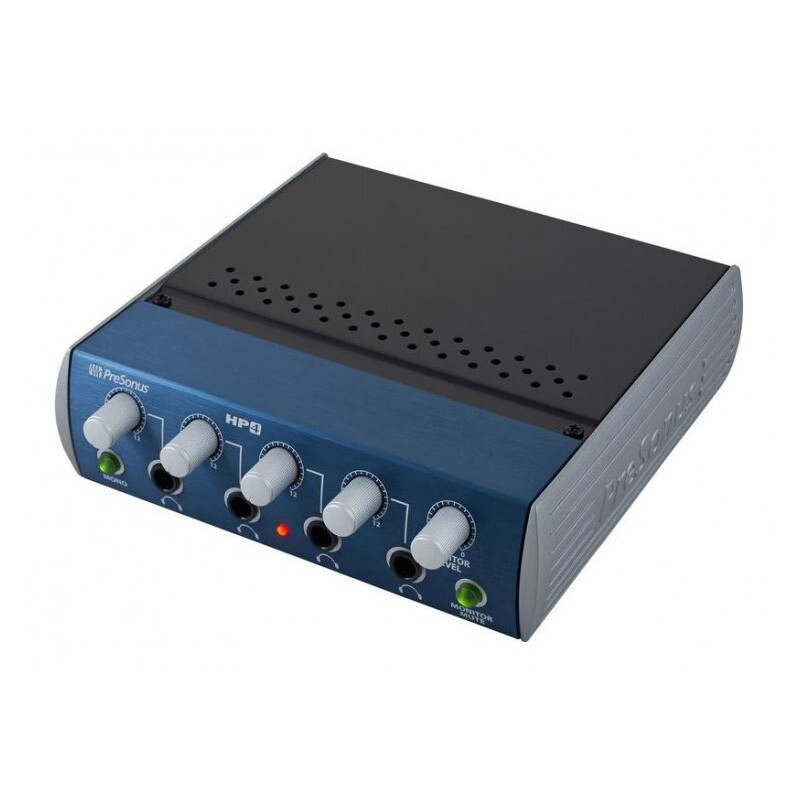
Piezoelectric thin film sensors are common electronic components used to measure physical quantities such as pressure, force, strain and acceleration. The output signal of these sensors is usually a weak voltage signal that requires signal conditioning using an amplifier for easy processing and analysis. This article will describe how amplifiers provide signal conditioning for piezoelectric thin film sensors.
Ⅰ, The basic principle of piezoelectric film sensor
Piezoelectric thin film sensor is a kind of sensor which uses piezoelectric effect to measure physical quantity. The piezoelectric effect refers to the phenomenon in certain crystal and ceramic materials, when subjected to mechanical stress, an electric charge or potential is generated. Piezoelectric thin film sensors work by exploiting this effect.
Piezoelectric thin film sensors usually consist of a thin film and electrodes. When subjected to external forces, the film deforms, creating an electric charge or potential. This charge or potential is proportional to the magnitude of the external force. Thus, by measuring the output charge or potential, information about the magnitude of the external force can be obtained.
Ⅱ, The role of the amplifier
Because the output signal of the piezoelectric film sensor is a weak voltage signal, usually only a few millivolts in size. This signal is susceptible to interference, such as power supply noise, electromagnetic interference, etc. Therefore, it is necessary to use an amplifier to amplify and filter the signal for easy processing and analysis.
An amplifier is a circuit that amplifies a signal to a higher level of voltage and current. It usually consists of an amplifier chip and some external components. An amplifier chip is an integrated circuit that amplifies the input signal to higher voltage and current levels. External components include capacitors, resistors, inductors, etc., for filtering, compensating, and adjusting amplifier performance.
Ⅲ, Common amplifier types
There are many types of amplifiers and different types are suitable for different application scenarios. In piezoelectric thin-film sensor applications, common amplifier types include operational amplifiers, instrumentation amplifiers and differential amplifiers.
1. Operational amplifier
An operational amplifier is a basic amplifier that can amplify an input signal to higher voltage and current levels. It has a very high gain and can amplify tiny signals. An operational amplifier usually consists of a chip and some external components. Inside the chip is a differential amplifier and a feedback circuit to control performance such as gain and frequency response.
In piezoelectric thin-film sensor applications, operational amplifiers are often used to amplify and filter signals. For example, a low-pass filter can be used to filter out high-frequency noise. In addition, the op amp can amplify the signal to higher voltage levels for easier subsequent processing and analysis.
2. Instrument amplifier
An instrument amplifier is an amplifier specifically designed to amplify weak signals. It has the characteristics of high gain, low noise and high precision. An instrumentation amplifier usually consists of a chip and some external components. The chip contains a differential amplifier, a feedback circuit and an adjustable gain circuit. The adjustable gain circuit can be used to control the gain of the amplifier to adapt to different application scenarios.
In piezoelectric thin-film sensor applications, instrumentation amplifiers are often used to amplify weak signals and adjust gain. For example, when measuring pressure, a high-precision instrument amplifier is needed to ensure the accuracy and stability of the data.
3. Differential amplifier
A differential amplifier is an amplifier used to amplify a differential signal. Differential signal refers to the difference between two input signals. Differential amplifiers usually consist of a chip and some external components. The chip contains a differential amplifier and a feedback circuit. Differential amplifiers can amplify differential signals to higher voltage and current levels for easier subsequent processing and analysis.
In piezoelectric thin-film sensor applications, differential amplifiers are often used to amplify differential signals and suppress common-mode noise. For example, when measuring strain, a differential amplifier is needed to amplify the strain signal and suppress ambient noise.
Ⅳ. Realization of signal conditioning
In order to achieve signal conditioning, it is usually necessary to connect the amplifier to the piezoelectric film sensor. There are many ways to connect, the common ways include single-ended connection, differential connection and bridge connection.
1. Single-end connection
Single-ended connection means that one port of the piezoelectric film sensor is connected to the input port of the amplifier and the other port is connected to the ground. This connection method is simple and convenient, and is suitable for some simple application scenarios. However, since the signal has only one port, it is easy to be interfered by common mode noise.
2. Differential connection
Differential connection refers to connecting the two ports of the piezoelectric film sensor to the two input ports of the differential amplifier respectively. This connection can suppress the common mode noise and improve the signal to noise ratio. However, more components need to be used to implement the differential amplifier, making the circuit more complex.
3, Bridge connection
Bridge connection refers to the connection of piezoelectric thin film sensors to a bridge circuit. This bridge circuit consists of four resistors and can be used to detect small resistance changes. When the piezoelectric thin film sensor is subjected to external force, the resistance in the bridge circuit will change, resulting in a differential signal. This connection suppresses common-mode noise and can detect small resistance changes. However, more components need to be used to implement the bridge circuit, making the circuit more complex.
V. Conclusion
This paper describes how an amplifier provides signal conditioning for a piezoelectric thin film sensor. Piezoelectric thin film sensors are common electronic components used to measure physical quantities such as pressure, force, strain and acceleration. An amplifier is a circuit used to amplify weak signals to higher voltage and current levels. Common types of amplifiers include operational amplifiers, instrumentation amplifiers, and differential amplifiers. In order to achieve signal conditioning, it is usually necessary to connect the amplifier to the piezoelectric film sensor. There are many ways to connect, the common ways include single-ended connection, differential connection and bridge connection. Different connection modes apply to different application scenarios.
The Products You May Be Interested In
 |
TPCM-2.4-5 | CMC 2.41MH 5A 2LN TH | 383 More on Order |
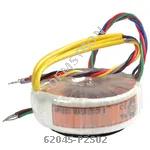 |
62045-P2S02 | XFRMR TOROIDAL 10VA CHAS MOUNT | 135 More on Order |
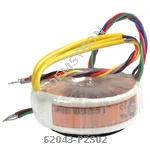 |
62043-P2S02 | XFRMR TOROIDAL 10VA CHAS MOUNT | 304 More on Order |
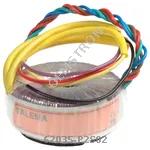 |
62035-P2S02 | XFRMR TOROIDAL 7VA CHAS MOUNT | 369 More on Order |
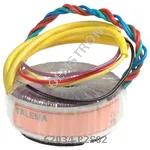 |
62034-P2S02 | XFRMR TOROIDAL 7VA CHAS MOUNT | 441 More on Order |
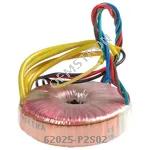 |
62025-P2S02 | XFRMR TOROIDAL 5VA CHAS MOUNT | 218 More on Order |
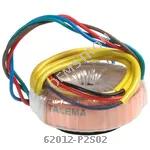 |
62012-P2S02 | XFRMR TOROIDAL 3.2VA CHAS MOUNT | 178 More on Order |
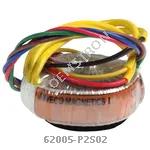 |
62005-P2S02 | XFRMR TOROIDAL 1.6VA CHAS MOUNT | 426 More on Order |
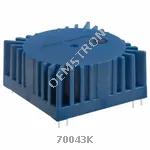 |
70043K | XFRMR TOROIDAL 10VA THRU HOLE | 309 More on Order |
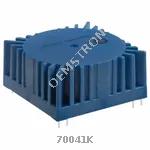 |
70041K | XFRMR TOROIDAL 10VA THRU HOLE | 157 More on Order |
 |
70024K | XFRMR TOROIDAL 5VA THRU HOLE | 486 More on Order |
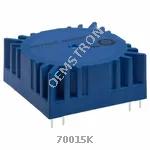 |
70015K | XFRMR TOROIDAL 3.2VA THRU HOLE | 421 More on Order |
 |
70013K | XFRMR TOROIDAL 3.2VA THRU HOLE | 244 More on Order |
 |
70011K | XFRMR TOROIDAL 3.2VA THRU HOLE | 420 More on Order |
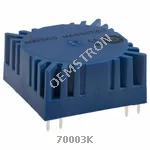 |
70003K | XFRMR TOROIDAL 1.6VA THRU HOLE | 140 More on Order |
 |
62015-P2S02 | XFRMR TOROIDAL 3.2VA CHAS MOUNT | 210 More on Order |
 |
70025K | XFRMR TOROIDAL 5VA THRU HOLE | 226 More on Order |
 |
62082-P2S02 | XFRMR TOROIDAL 50VA CHAS MOUNT | 277 More on Order |
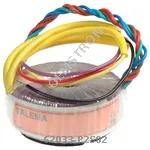 |
62033-P2S02 | XFRMR TOROIDAL 7VA CHAS MOUNT | 360 More on Order |
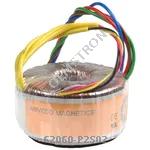 |
62060-P2S02 | XFRMR TOROIDAL 25VA CHAS MOUNT | 3963 More on Order |
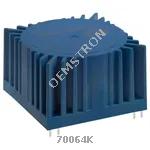 |
70064K | XFRMR TOROIDAL 25VA THRU HOLE | 2293 More on Order |
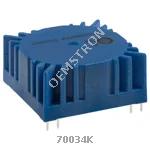 |
70034K | XFRMR TOROIDAL 7VA THRU HOLE | 674 More on Order |
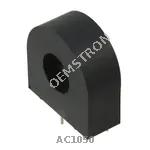 |
AC1050 | CURR SENSE XFMR 50A T/H | 409 More on Order |
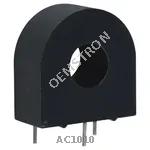 |
AC1010 | CURR SENSE XFMR 10A T/H | 254 More on Order |

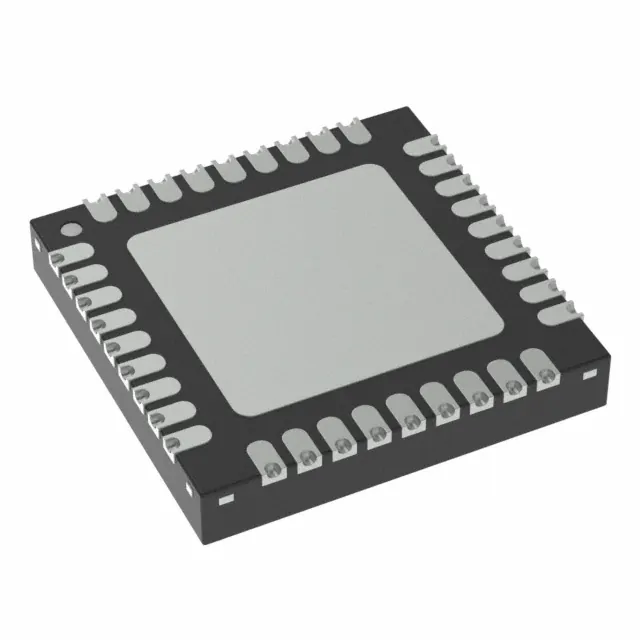 Semiconductors
Semiconductors









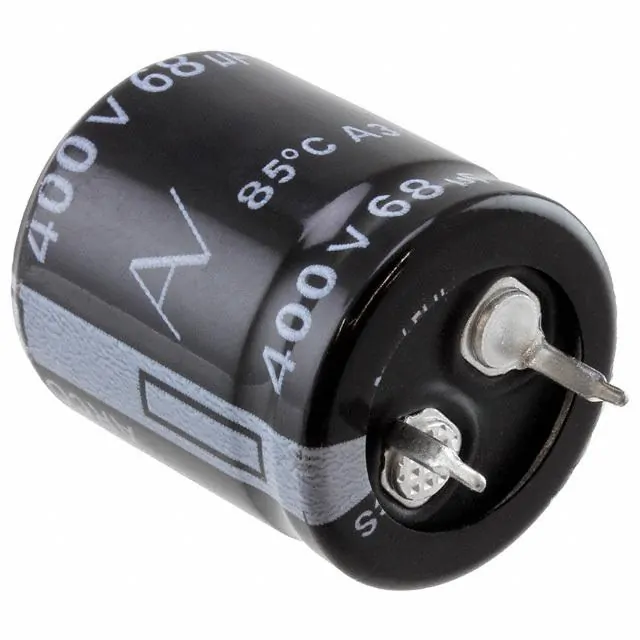 Passive Components
Passive Components









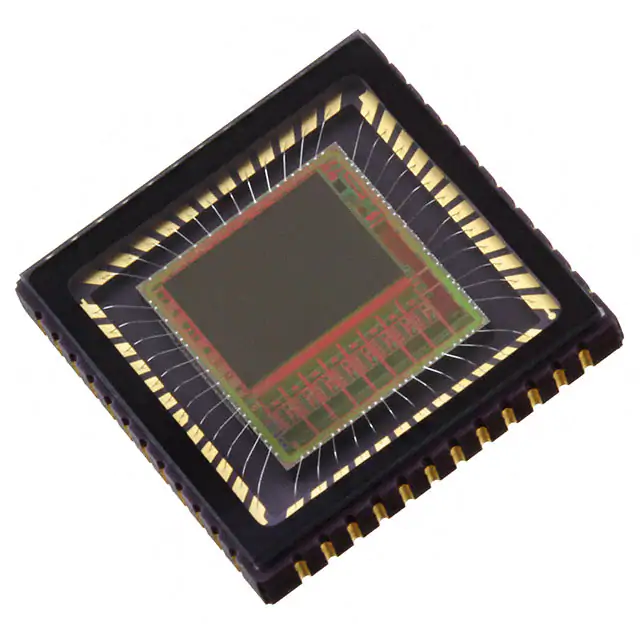 Sensors
Sensors








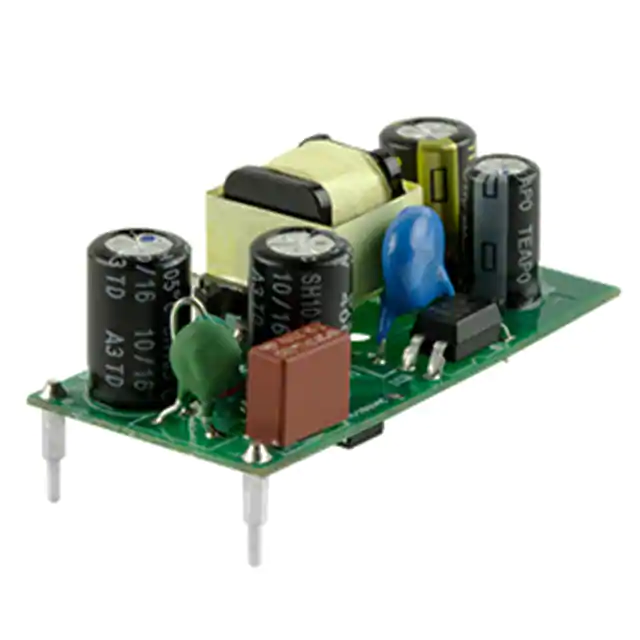 Power
Power









 Optoelectronics
Optoelectronics








